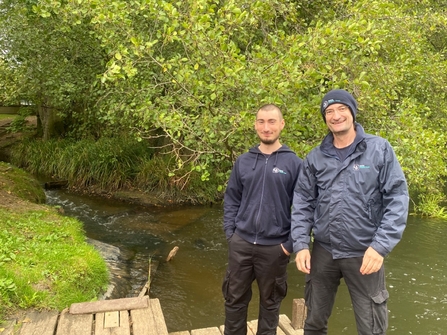Rivers in Essex
Rivers are integral to human society. The earliest towns and cities were built on riverbanks, including Colchester, Britain’s first recorded city. Essex is home to many rivers, with some of our key waterways being the rivers Blackwater, Colne and Stour in North Essex, and the Thames, Crouch, and the Roding in the South.


